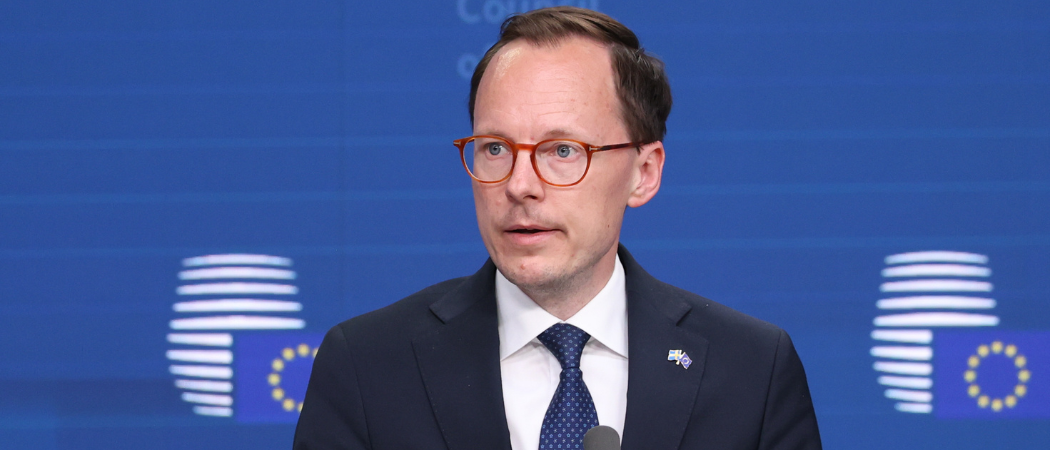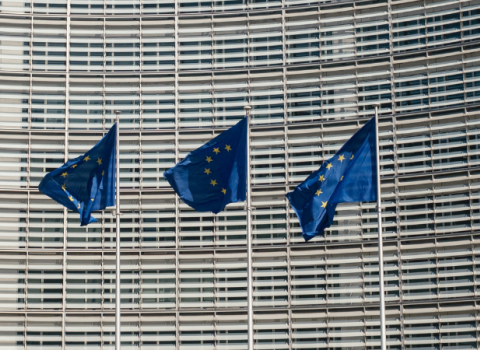Open science advocates see room for ‘game changing measures’ in ministers’ stance, while publishers warn against ‘knee jerk policy interventions’

Mats Persson, the minister for research for Sweden, the country currently holding the rotating council presidency chair. Photo: European Union
EU ministers made a fresh call for open access to become the default mode for scientific publishing in a new set of Council conclusions today, prompting opposing reactions from the science community and journal publishers.
The Council conclusions call for a crack down on the unsustainable author fees that are currently propping up open science publishing, and undermining the ambition of making research results free to access. “We need to make sure that researchers can make their findings available and re-usable and that high-quality scientific articles are openly accessible to anyone that needs to read them,” said Mats Persson, Swedish minister for research, who currently holds the rotating council presidency chair.
The push for open access isn’t new and the EU has made a lot of headway with various initiatives and political statements. A big breakthrough came in 2018 in Plan S, under which a group of major research funding and performing organisations signed up to paywall-free science.
But success in removing journal subscriptions has seen fees charged to authors for publishing skyrocket. The French government estimates its spending on open access has tripled in the last decade, to €30 million a year.
The science community welcomes the ministers’ acknowledgement of the issue in the latest Council conclusions, but Robert-Jan Smits, a founding father of Plan S and president of Eindhoven University of Technology, says it’s time for more robust and concrete support measures.
Rather than more pilots of new publishing models and mutual learning exercises, Smits said, “If Europe’s science ministers are really serious about open access, they should agree on measures that will finish the job for once and for all.”
A number of major organisations in the Brussels’ research bubble welcomed the conclusions in a joint statement.
“In my view, governments should take advantage of this level of awareness they have now about the tremendous amount that publication costs and try and foster more efficient ways of using the money through non-for-profit publications platforms and journals, and foster more than models through investments and policies,” says Lidia Borrell-Damián, secretary general of Science Europe, a signatory of the statement.
Major publishers meanwhile question the sustainability of not-for-profit publishing. Taylor & Francis, one of the five publishers that dominate the market, agrees with the ministers’ aims and open access ambition but says the company’s for-profit status enables efficiency, sustainability and longevity.
“It allows us to publish research outputs at scale, to invest for the long term, to develop our skills and expertise, and to support the scholarly community in the development and continued evolution of publishing venues that meet their needs and that of the changing research corpus,” a spokesman told Science|Business.
What publishers fear are “knee jerk policy interventions,” he notes, but would welcome an action plan that enables knowledge sharing and collaboration between stakeholders.
The right way forward
The article processing charges introduced to replace journal subscriptions usually come from the public funds used to fund the research. In a recent report, the European Federation of Academies of Sciences and Humanities (ALLEA) found publishers netted $2 billion per year from APCs, cutting into the money available to fund research.
Smits wants to make it clear that open access publishing can’t be free. There’s always a bill to foot for editing, managing peer review, maintaining platforms and curating research once it is out into the world.
He says the inflation of APCs was to be expected, and that’s why Plan S originally proposed to cap charges for up to two years to stabilise the market. “The time might have come to reconsider this,” Smits said.
That would support the goal of Plan S to complete the transition towards open science in 2024. Commercial publishers have had enough time to adjust, Smits adds.
There are many who believe it’s not about adding more money to the system but rather redistributing away from the pockets of commercial publishers and towards maintaining the ecosystem. ublic money is footing the bill for APCs, which means it could be redirected to create a more efficient system, notes Borrell-Damián.
“We are talking here about public investment in research. In the end, it doesn’t matter so much who pays for it, it’s all public money,” she says. “It’s about developing a model that already exists, has a lot of potential and is more efficient and equitable.”
The goal now is not to lose the momentum created by the ministers. The research sector is banding together to move this transition forward, and it’s becoming a global trend. Last year, the US government ordered an end to publishers putting most federally funded research behind paywalls. This October, the first global open science summit is set to take place.
Borrell-Damián hopes the summit and various initiatives are showing policymakers the community is organising itself, it just needs further policy push. One suggestion is to continue the dialogue in the next European Research Area (ERA) policy agenda from 2025, with open access as one of the action areas.





 A unique international forum for public research organisations and companies to connect their external engagement with strategic interests around their R&D system.
A unique international forum for public research organisations and companies to connect their external engagement with strategic interests around their R&D system.